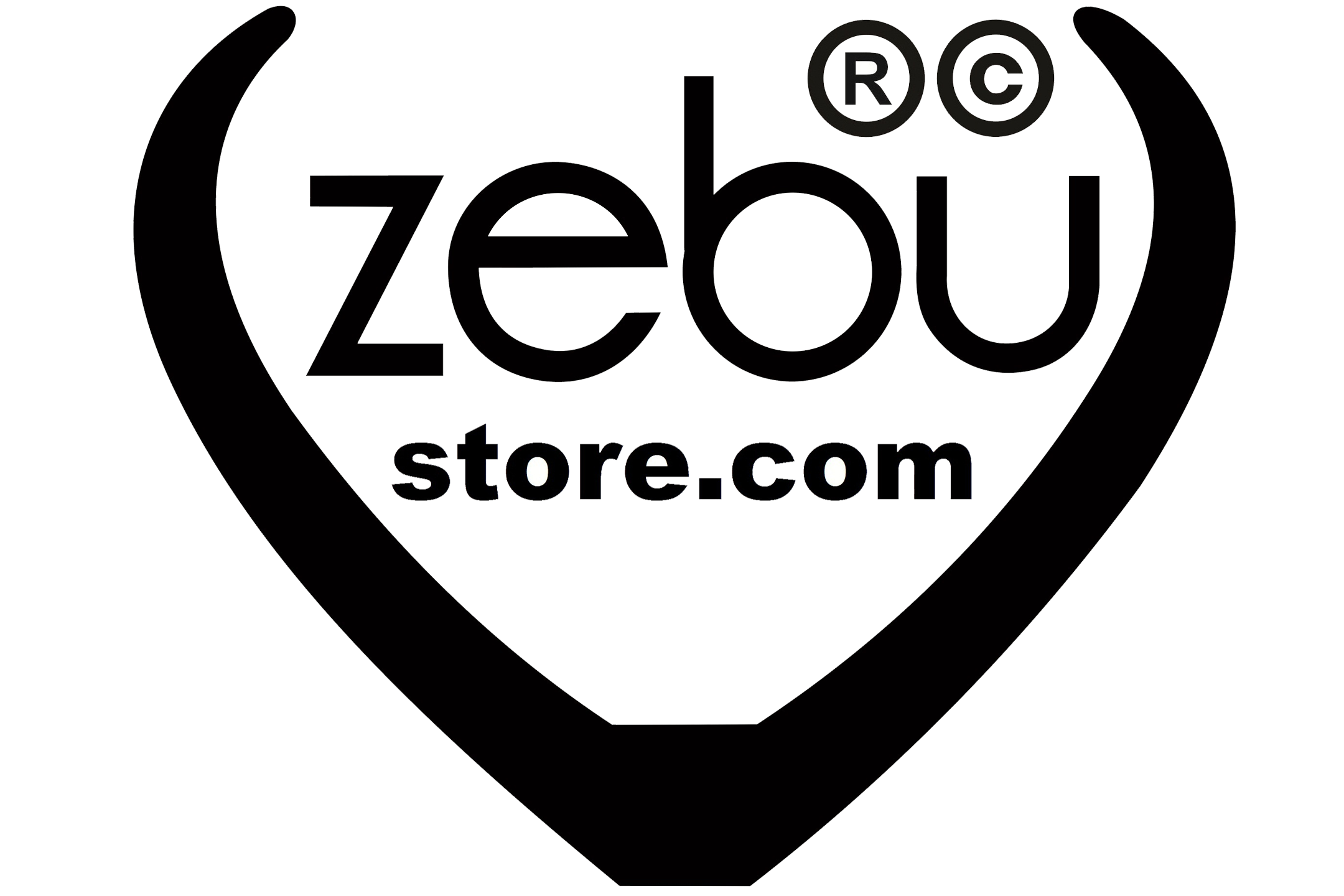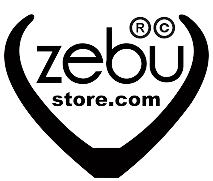Fashion Forecasting Types, Steps and Importance
What is Fashion Forecasting?
Predicting what new fashions will come in the future by observing past fashion trends is called fashion forecasting. Through this, it is known what new designs will come in the future. For this reason, this forecasting is done by considering various situations including future trends, people’s demands.
Types of Fashion Forecasting:
There are two types of fashion forecasting.
- Short-time fashion forecasting
- Long-term fashion forecasting
Short-time fashion forecasting:
Short term forecasting refers to when the prediction is for a short period of time like one or two years. Here the fashion trends are made only by forecasting the weather, calculating and observing the newest trend, predicting the design pattern etc.
Long Term Fashion Forecasting:
On the contrary, Long-term fashion forecasting means when prediction is done for a long time. Here the time could be up to 5 years. Political, social, and economic issues are discussed and analyzed while predicting the design or fashion trend.
Steps for fashion forecasting:
Trend forecasting business;
Fashion forecasting has historically been dominated by Paris-based French businesses. Numerous other specialized forecasters have formed, each specializing in a particular product or service, albeit many of the major ones are still based in Paris and have satellite offices throughout the globe. We can get an idea of the upcoming trends and fashion styles by their runway because they officially show up the new fashion trends on them. Pact of forecasting, though it does play a role. It is a process that includes changes in fashion and color trends, way of life and purchasing trends, and other commercial practices.
Study on the consumer demand;
For manufacturers and retailers, publication and market research organizations conduct surveys by phone or mail. These polls ask about finances, lifestyle, fashion preferences, and purchasing patterns. Typically, the market research company chooses which customers to meet with manufacturers or merchants. Simply asking customers what they would want to buy, what styles they like that are currently available, and what products they desire but cannot locate might help researchers gather information during informal in-store interviews.
Be specified about the color;
Fashion and color, are two sides of a coin. One affects another and thus affects the people’s interest. Color forecasting is driven by the desire to increase sales. Customers are drawn to a product by color because it captures their interest and elicits an emotional response. Changing the color of a product creates the impression of something new even while the underlying product remains the same. Color specialists advise businesses on the best color narrative to use when marketing their products. Some consultants only offer color-related advice. Some companies incorporate color forecasting into their whole product development process
Clothing selection;
A specific functional necessity is frequently the catalyst for the creation of a brand-new product, but benefits provided by a new fabric are frequently the driving force. Expert forecasters argue that technology is altering the variety of products, as evidenced by the benefits that designers may incorporate into clothing products through the materials used in construction great attention should be given to the fabric because people nowadays give importance to fabric most.
Creativity, innovation and new forecasting;
The processes of fashion transformation are at work in the background while attention is focused on the most daring and exciting runway looks, developing patterns that are well-known to the most seasoned observers of fashion. When a new innovation appears on the scene, people ponder adopting it. The combined impact of those choices can be observed on the street and in sales. The innovation in fashion could be the creation of a new fiber or finish.
The final finishing;
The ‘Fashion style’ for the season is the end result of a development process that combines the advanced viewpoints of forecasters, designers, buyers, and ready-to-wear displays with perspectives from textile and product trade exhibits. The final image develops through the combination of multiple layers, much like in collage. These exhibitions influence some last-minute high-street fashion purchases, but their main influence is on reflecting the final opinions on trends close to the season.
Importance of fashion forecasting:
Consumer-Centric Approach: In the always-changing world of fashion, it is critical to comprehend consumer preferences. Businesses may keep up with changing demographics and consumer trends by using fashion forecasting. Companies can efficiently modify their services to satisfy customers’ desires by anticipating what they would want.
Economic Contribution: The fashion sector makes a sizable contribution to the world’s economy. Businesses may improve supply chain efficiency, eliminate waste, and optimize production processes with the aid of accurate fashion forecasting. In turn, this promotes the industry’s economic growth and sustainability.
Reduced Risk: Creating a new clothing line is an expensive and risky endeavour. By giving insights into which designs and styles are likely to be popular with customers, fashion forecasting helps to reduce this risk. This lessens the possibility of creating excess inventory that can result in financial losses if it remains unsold.
Competitive Advantage: Keeping up with trends is essential in the fiercely competitive fashion industry. By enabling brands to be early adopters of new trends, fashion forecasting gives them an advantage over their competitors. Establishing trends rather than following them.
Sustainability: There is growing demand in the fashion industry to embrace sustainable practices. By spotting long-lasting trends and supporting the creation of classic, durable fashion goods rather than disposable fashion items, fashion forecasting can aid sustainability efforts.
Prediction quality: Understanding the present and future state of the fashion industry is essential for developing effective marketing and branding strategies.
Globalization: Fashion trends frequently cross national boundaries in today’s connected world. In order to ensure that their products have a broad international appeal, firms can react to changing customer preferences with the aid of fashion forecasting.
Data analysis: Although it requires data and analysis, fashion forecasting also fosters creativity. Forecasted trends serve as a source of inspiration for designers and artists, who combine their creative vision with consumer information to develop cutting-edge and enticing fashion collections.
Retail Strategy: To decide which products to stock on their shelves, retailers rely on fashion forecasting. They may create assortments that appeal to their target market with the support of accurate predictions, which improves the buying experience.
Conclusion;
The world of fashion is so vast; stepping into this industry requires some skills and creativity. In that case, fashion forecasting helps provide foresight and increases its importance in the apparel industry and retail business. In addition to this, retailers and designers prepare trendy stock clothing for customers. It predictably provides an uninterrupted growth journey for retailers. Through fashion forecasting one can get ideas about fashion from short to long term. So no one can deny its importance.














